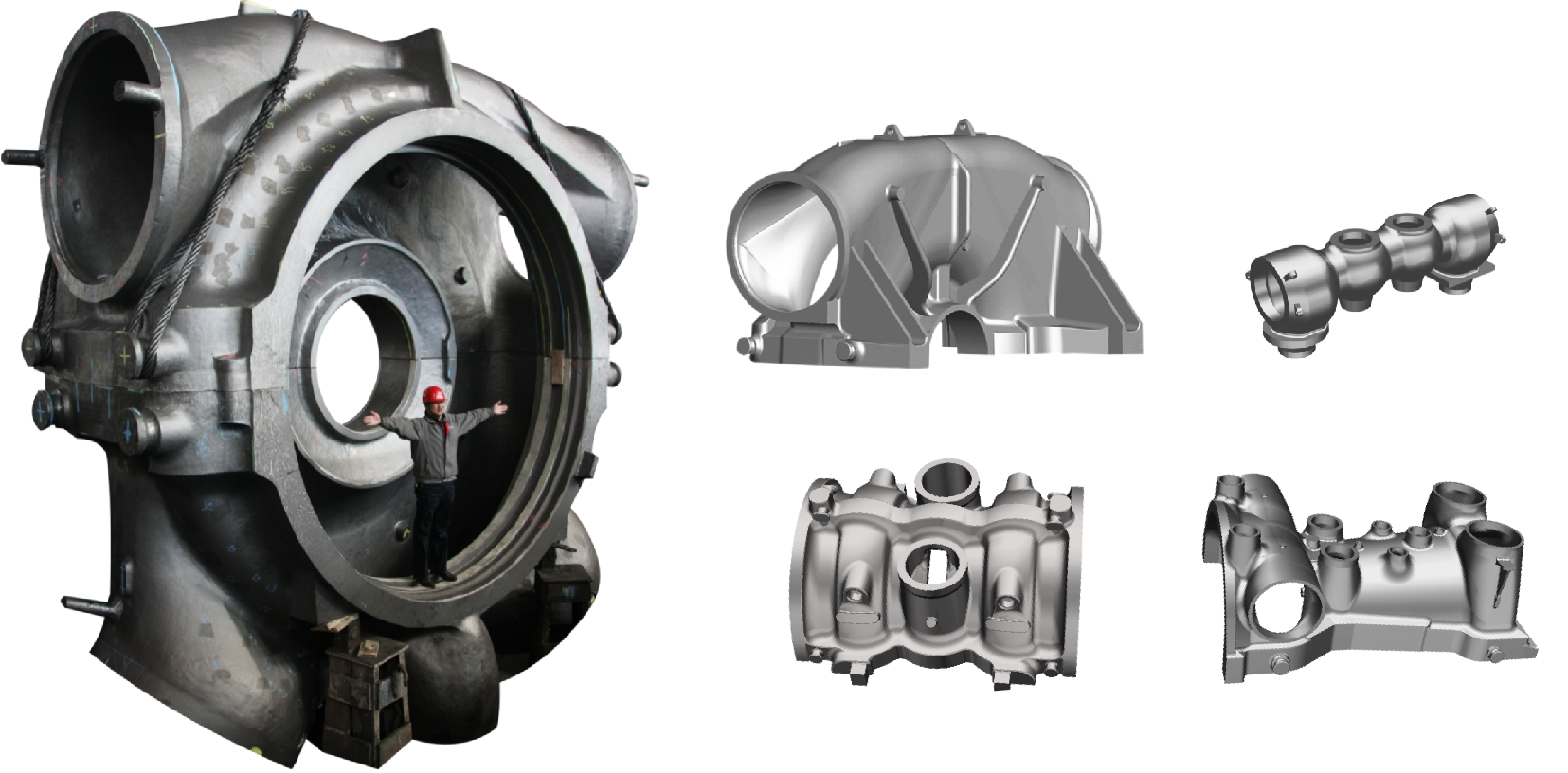E-mail-formatfejl
emailCannotEmpty
emailDoesExist
pwdLetterLimtTip
inconsistentPwd
pwdLetterLimtTip
inconsistentPwd

Nyheder
Importance of Post CNC Heat Treatment of Precision Parts
There are many follow-up processes commonly used in CNC precision parts processing, such as heat treatment, surface treatment, and so on. These processing technologies are to make precision parts more practical.
Heat treatment includes three stages: heating, insulation, and cooling. The main factors affecting heat treatment are temperature and time.
Heat treatment is to heat solid steel to a certain temperature, carry out necessary insulation, and cool it to room temperature at an appropriate rate, so that the internal structure of steel changes, to obtain the required properties.

In the processing of CNC precision parts, heat treatment is to improve the mechanical function of mechanical parts, ensure the processing quality and meet the needs of commodity use.
First of all, we need to know how many methods are included in the so-called heat treatment in the processing of parts? Given the frequency and importance of various methods in the processing process, we choose the following types for analysis, that is, focus analysis.
In the process of machining, we use the four most heat treatment methods: annealing, normalizing, quenching, and tempering. Let's analyze them one by one.
Annealing
Definition of annealing treatment:
A metal heat treatment process in which metal parts are heated to a certain high temperature is maintained for some time and then cooled naturally.
Its main functions:
- Reduce part hardness and improve cutting performance
- Eliminate the residual stress of parts, stabilize the size, and reduce the probability of deformation and crack
- Refine the grain, adjust the structure, and eliminate the defects of the material structure
- Make the material structure and composition uniform, improve the material performance or prepare the structure for the subsequent heat treatment process
Standardization
Definition of standardized treatment:
Heat the metal parts to a certain high temperature, keep it for some time, and then cool them in the air by spraying, spraying, blowing, etc. unlike annealing, the cooling speed is faster, so the obtained material structure needs to be finer, and the mechanical properties also need to be improved.
Its main functions:
- Remove the internal stress of the material
- Reduce material hardness and increase plasticity
Quenching treatment
Definition of quenching treatment:
Heat the metal parts to a temperature above the critical temperature AC3 or AC1, maintain it for some time to austenitize it completely or partially, and then quickly cool it to below ms at a cooling rate greater than the critical cooling rate, to carry out the martensitic transformation heat-treatment process.
Its main functions:
- Significantly improve the rigidity, hardness, wear-resistance, and fatigue strength of parts
- Meet the physical and chemical properties of ferromagnetism and corrosion resistance of some special steels
Tempering
Definition of tempering treatment:
It refers to the heat treatment method of soaking the hardened or normalized steel at a temperature lower than the critical temperature for some time and then cooling at a certain speed to increase the toughness of the material.
Its main functions:
- Eliminate the residual stress generated during quenching of the workpiece to prevent deformation and cracking;
- Adjust the hardness, strength, plasticity, and toughness of the workpiece to meet better performance requirements;
- Stable organization and size to ensure accuracy;
- Improve and enhance the processing performance.
Purpose of heat treatment
When the parts designed by the mechanical design engineer need heat treatment, it is nothing more than the following requirements:
- The purpose of eliminating the casting stress of materials is to obtain a more stable processing size and accuracy.
- The purpose of improving the cutting performance of parts is to have higher processing efficiency, better processing quality, and lower processing costs in the process of parts processing.
- Improve the rigidity, hardness, and wear resistance of parts.
The heat treatment requirements of most parts are designed around the above three aspects, so you only need to use the above four heat treatment methods according to your requirements.
Make a purchase of pa precision cast parts inc, advance precision machining, cnc precision machining services from China, you can get them at a good price if you have a large quantity. We hope to be your long-term partner.

